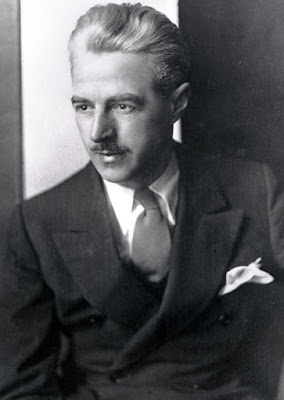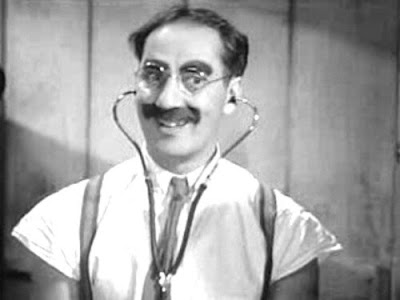The U.S. Justice
Department released the below information:
A federal grand jury
returned an 18-count superseding indictment today charging Julian P. Assange,
47, the founder of WikiLeaks, with offenses that relate to Assange’s alleged
role in one of the largest compromises of classified information in the history
of the United States. Assistant Attorney General for National Security
John C. Demers, U.S. Attorney G. Zachary Terwilliger for the Eastern District
of Virginia, Assistant Director John Brown of the FBI’s Counterintelligence
Division and Acting Assistant Director in Charge Timothy Dunham of the FBI’s
Washington Field Office made the announcement.
The superseding
indictment alleges that Assange was complicit with Chelsea Manning, a former
intelligence analyst in the U.S. Army, in unlawfully obtaining and disclosing
classified documents related to the national defense. Specifically, the
superseding indictment alleges that Assange conspired with Manning;
obtained from Manning and aided and abetted her in obtaining classified
information with reason to believe that the information was to be used to the
injury of the United States or the advantage of a foreign nation;
received and attempted to receive classified information having reason to
believe that such materials would be obtained, taken, made, and disposed of by
a person contrary to law; and aided and abetted Manning in communicating
classified documents to Assange.
After agreeing to
receive classified documents from Manning and aiding, abetting, and causing
Manning to provide classified documents, the superseding indictment charges
that Assange then published on WikiLeaks classified documents that contained
the unredacted names of human sources who provided information to United States
forces in Iraq and Afghanistan, and to U.S. State Department diplomats around
the world. These human sources included local Afghans and Iraqis,
journalists, religious leaders, human rights advocates, and political
dissidents from repressive regimes. According to the superseding
indictment, Assange’s actions risked serious harm to United States national
security to the benefit of our adversaries and put the unredacted named human
sources at a grave and imminent risk of serious physical harm and/or arbitrary
detention.
The superseding
indictment alleges that beginning in late 2009, Assange and WikiLeaks actively
solicited United States classified information, including by publishing a list
of “Most Wanted Leaks” that sought, among other things, classified documents.
Manning responded to Assange’s solicitations by using access granted to
her as an intelligence analyst to search for United States classified
documents, and provided to Assange and WikiLeaks databases containing
approximately 90,000 Afghanistan war-related significant activity reports,
400,000 Iraq war-related significant activities reports, 800 Guantanamo Bay
detainee assessment briefs, and 250,000 U.S. Department of State cables.
Many of these
documents were classified at the Secret level, meaning that their unauthorized
disclosure could cause serious damage to United States national security.
Manning also provided rules of engagement files for the Iraq war, most of which
were also classified at the Secret level and which delineated the circumstances
and limitations under which United States forces would initiate or conduct
combat engagement with other forces.
The superseding
indictment alleges that Manning and Assange engaged in real-time discussions
regarding Manning’s transmission of classified records to Assange. The
discussions also reflect that Assange actively encouraged Manning to provide
more information and agreed to crack a password hash stored on U.S. Department
of Defense computers connected to the Secret Internet Protocol Network
(SIPRNet), a United States government network used for classified documents and
communications. Assange is also charged with conspiracy to commit
computer intrusion for agreeing to crack that password hash.
Assange is presumed
innocent unless and until proven guilty beyond a reasonable doubt. If
convicted, he faces a maximum penalty of 10 years in prison on each count
except for conspiracy to commit computer intrusion, for which he faces a
maximum penalty of five years in prison. Actual sentences for federal
crimes are typically less than the maximum penalties. A federal district
court judge will determine any sentence after taking into account the U.S.
Sentencing Guidelines and other statutory factors.
First Assistant U.S.
Attorney Tracy Doherty-McCormick, Assistant U.S. Attorneys Kellen S. Dwyer,
Thomas W. Traxler and Gordon D. Kromberg, and Trial Attorneys Matthew R.
Walczewski and Nicholas O. Hunter of the Justice Department’s National Security
Division are prosecuting the case.
An indictment contains
allegations that a defendant has committed a crime. Every defendant is
presumed to be innocent until and unless proven guilty in court.





















































